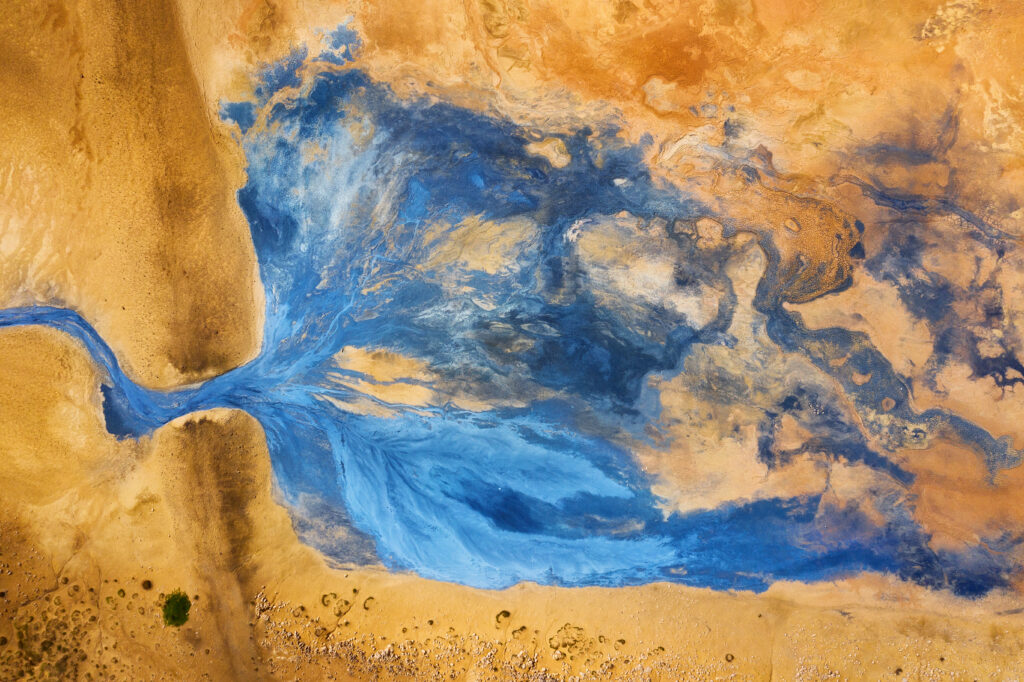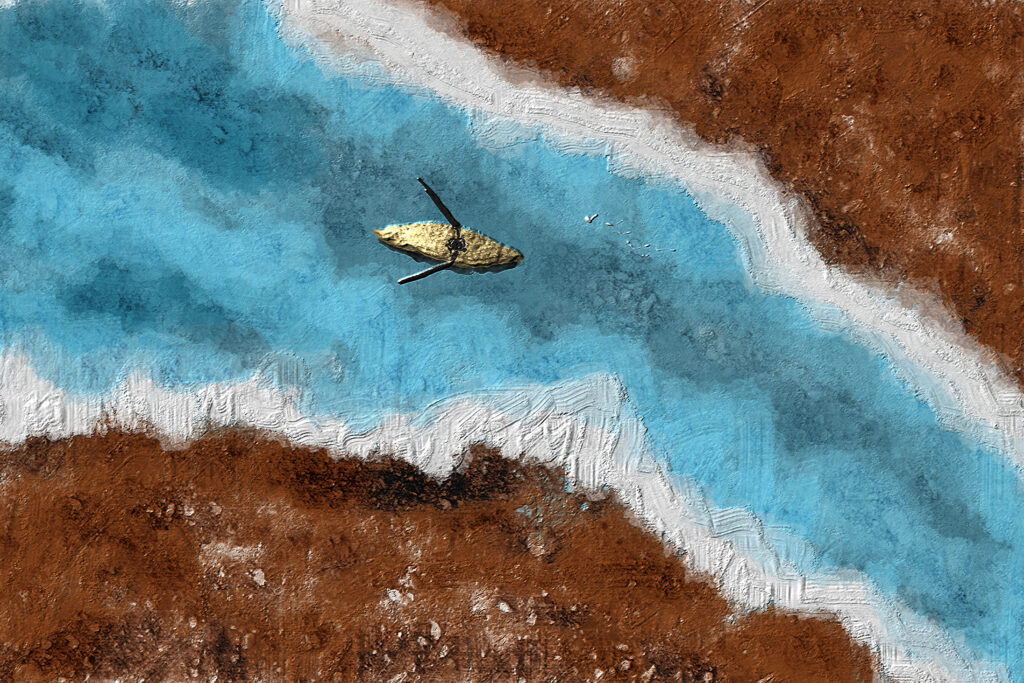Sand — one of the simplest natural elements — can turn into breathtaking art when touched by creativity. From intricate sculptures and layered sand bottles to mesmerizing live performances, sand art is a timeless expression that blends imagination, patience, and the beauty of impermanence.
What Is Sand Art?
Sand art is the use of sand as a primary artistic medium. Artists shape, layer, or animate sand to create visual masterpieces. There are several popular forms of sand art:
- Sand Sculptures: Large-scale creations built with compacted wet sand, often seen at beaches or exhibitions.
- Sand Paintings: Using colored sand to form detailed images or mandala-like designs on a flat surface.
- Sand Bottle Art: Layering colored sands inside transparent containers to form decorative patterns or scenic landscapes.
- Sand Animation: A live art form where artists manipulate sand on a light table to tell stories through moving visuals.
Each technique celebrates both creativity and the fleeting beauty of nature — because, with time, all sand art eventually fades or changes form.

Why Sand Art Is So Captivating
This art stands apart because it combines creativity with impermanence. Each grain of sand becomes part of a story that may last only a few hours — yet leaves a lasting impression.
Here’s why people around the world are drawn to it:
- It’s Accessible: You don’t need expensive materials — just sand, creativity, and patience.
- It’s Meditative: The repetitive motion of layering or sculpting sand encourages mindfulness and focus.
- It’s Visually Stunning: Large sculptures and vivid color patterns make sand art perfect for exhibitions and photography.
- It’s Eco-Friendly: Artists work with natural materials, making it one of the most sustainable art forms.
This art teaches us that beauty doesn’t have to last forever to be meaningful.
How to Try Sand Art Yourself
Inspired to create your own sand masterpiece? Here’s how you can start:
- Collect Materials: Get fine or colored sand, containers, carving tools, and adhesive (for preservation).
- Plan Your Design: Sketch ideas or choose color combinations that tell a story.
- Layer & Sculpt: Carefully pour or shape the sand — patience is key!
- Preserve or Capture: Use glue for bottle art, or take photos of sculptures before they fade.
- Join Workshops: If you’re in Bengaluru, try local sand art or painting workshops to practice under guidance.
It isn’t about perfection — it’s about expression. Even the smallest designs can be deeply satisfying.
The Deeper Meaning Behind Sand Art
What makes this art so special is its ephemeral nature. Just like moments in life, it doesn’t last forever — and that’s what makes it precious. Each sculpture or layer of sand reflects patience, creativity, and acceptance of change.
In a world filled with fast, digital art, sand art reminds us to slow down, connect with nature, and appreciate impermanence as beauty.

Venue: Jaya Mahal Palace, Bengaluru
Dates: 5 – 7 December 2025
Timings: 10:00 AM – 8:00 PM
Entry: Free and open to all (register now)
The Haat of Art is known for bringing together diverse art forms — from paintings and crafts to live sand art performances and workshops. This year’s Bengaluru edition will feature interactive sessions where artists demonstrate the beauty of sand through storytelling and movement.
Conclusion
Sand art isn’t just about creating shapes or patterns — it’s about storytelling, mindfulness, and transformation. Whether it’s a tiny layered bottle or a giant sculpture on the beach, each grain carries a part of the artist’s vision.
If you’re in Bengaluru this December (5–7 Dec 2025), don’t miss The Haat of Art Exhibition at Jaya Mahal Palace. It’s your chance to witness the delicate power of sand art — and perhaps, be inspired to create your own.
Let your creativity flow — one grain at a time.



